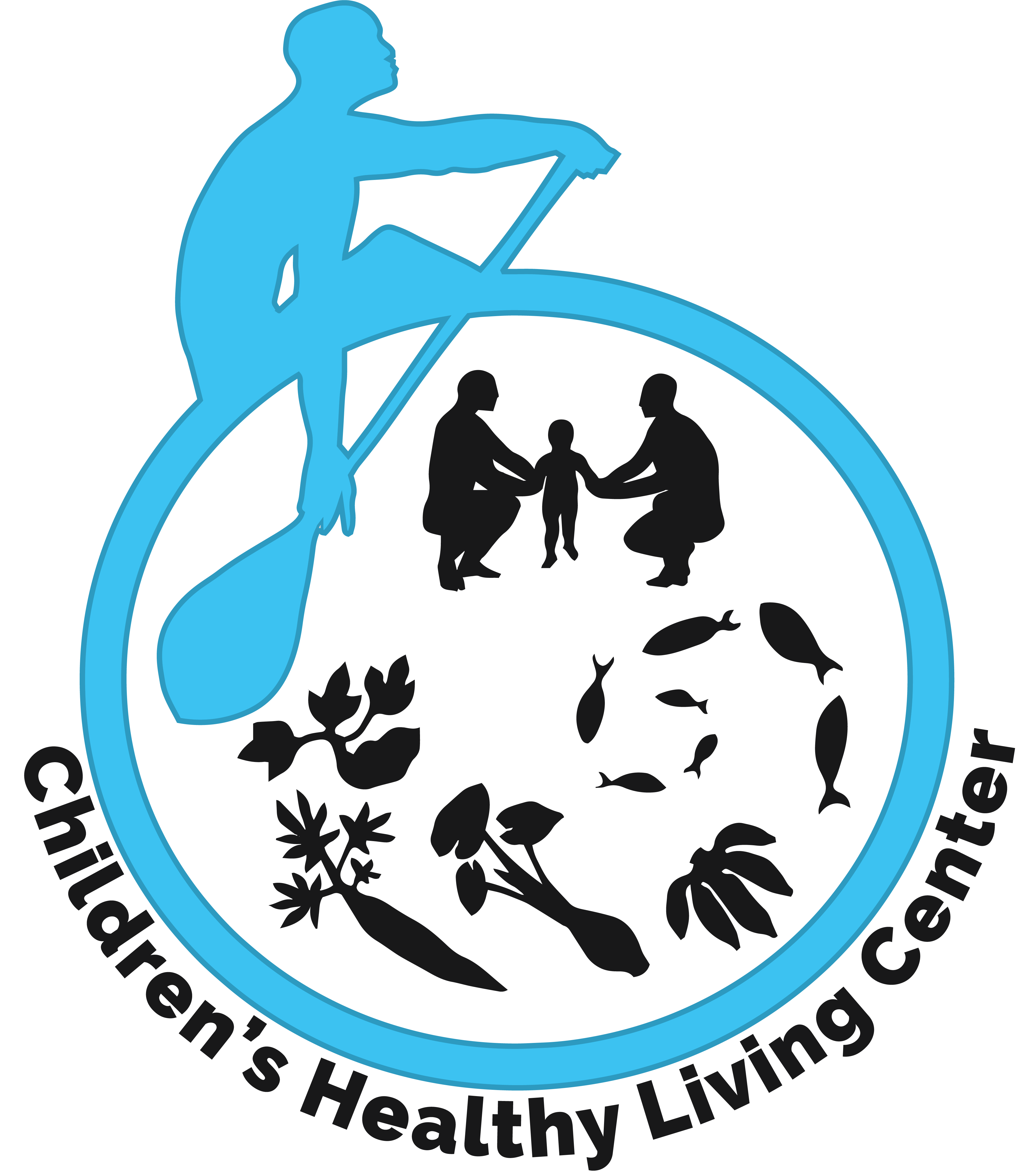The Children’s Healthy Living (CHL) program was developed to prevent young child obesity and improve child health and wellness with a focus on community action across the US-affiliated Pacific region. CHL conducted a regional multilevel, community-based intervention that consisted of 19 activities addressing 6 targeted behaviors:
- Physical Activity
- Sedentary Behavior
- Sleep
- Fruit and Vegetable Intake
- Sugar-Sweetened Beverage (SSB) Intake
- Water Intake
This intervention was implemented and tracked over a 24 month period. Baseline (Time 1, 2013) and 24-month (Time 2, 2015) measures were collected on 8,407, 2 – 8 year old children by trained and standardized teams, in 27 selected communities, in 5 jurisdictions in the Pacific region (Alaska, Hawaii, Guam, American Samoa, and Commonwealth of the Northern Mariana Islands). IRB approval or ceding of approval was obtained in each jurisdiction.
Baseline and 24-month reports can be viewed by clicking on the links below.
72 months after baseline, CHL collected data on 1,423 children distributed across the same communities. This data, called Time 3 data, includes measures at the individual-level, household-level, and community-level and addresses 5 out of 6 targeted behaviors (excluding physical activity).
Individual-level
- Anthropometry
- Acanthosis Nigricans
- Diet
- Screen Time
- Sleep
- Acculturation
- Demographics
Household-level
- Household Size
- Income Classification
- Food Security Level
- Food Assistance Status
Community-level
- Food Environment
- Physical Activity Facilities
- Food Cost
- Walkability of Neighborhoods
The CHL community-level food environment measures address the presence of affordable, quality fresh fruits, vegetables, and other healthy foods in neighborhood stores and the marketing of healthy and unhealthy foods. This was done using surveys adapted from the Communities of Excellence in Nutrition, Physical Activity, and Obesity Prevention (CX3). An inventory of parks and physical activity facilities were assessed using surveys adapted from the Bridging the Gap program. Food cost was assessed via a survey adapted from the Alaska Food Cost Survey, based on the Thrifty Food Plan. Walkability was assessed using a checklist adapted from a U.S. National Highway Traffic Safety Administration survey. Multiple outlets were assessed per community in each domain and surveys allow for a variety of scores to be created.
The following sections summarize the 72-month second follow-up findings for the 27 selected communities, in 5 jurisdictions in the Pacific region.
Citation: University of Hawaii at Manoa, Children’s Healthy Living Center of Excellence. [Title, appropriate year(s)]. Published [update date]. Accessed [query date]. [URL]
